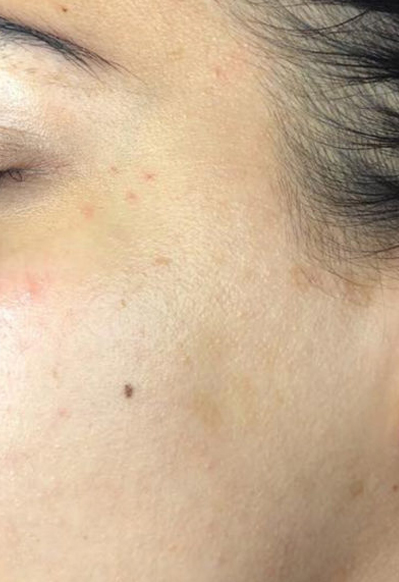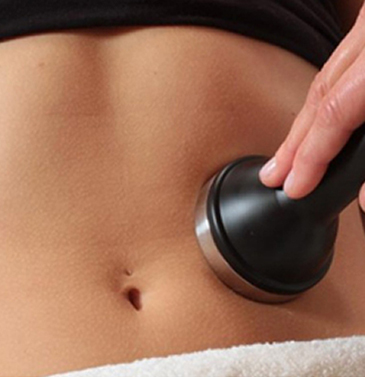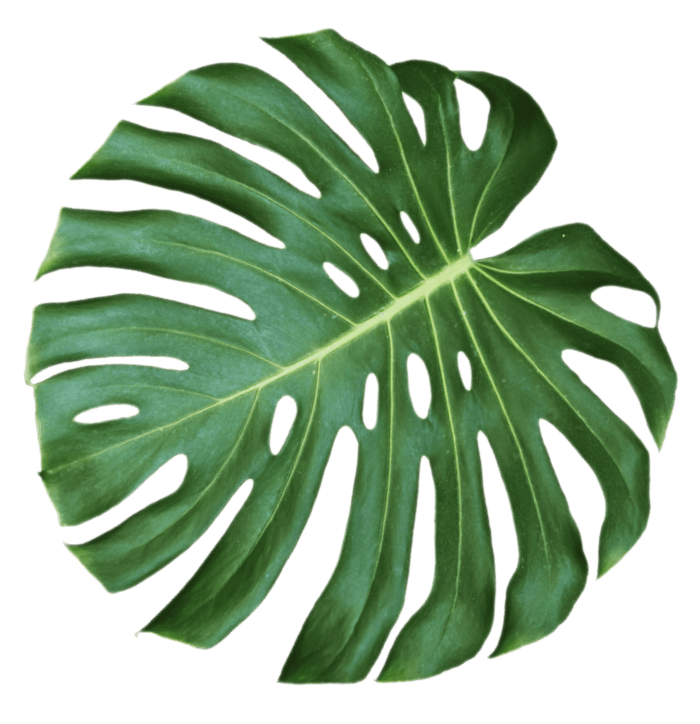Dermaplaning!
Who could benefit from this procedure?
What should I expect during and after treatment?



Radio Frequency Skin Tightening
This is a non-surgical / pain-free option for people who want to treat wrinkles, sagging skin, and other signs of aging.
RF uses radio frequency (RF) energy on the skin, heating the various skin layers to stimulate collagen production, which smooths and lifts the skin’s surface. This procedure requires no incisions to be made in the skin and has a low instance of side effects. Radiofrequency skin tightening is a viable procedure for many people whose skin has not reacted favorably to laser or thermal treatments in the past.
Facial – Improves bow line, diminishes crow’s feet tones cheek muscles, plumps lips, and lifts.
Body-reduce cellulite, tighten and tone sagging skin.
Cavitation Service
Body cavitation is a NON-INVASIVE treatment that uses ultrasonic waves that vibrate causing the fat tissue to liquidify & is pushed towards the lymph nodes to help the body flush out through urination.
Vacuum Radio Frequency is then used with pressure suction to separate the surface of the skin tissue and reduce the dimples in the fat which causes cellulite. The vacuum is also used to contour the shape of the desired body area.
Radio-frequency is used last to heat and stimulate collagen and elastin to tighten and firm the area. This technique may help reduce stretch marks & wrinkles.
**NOT RECOMMENDED ON SOMEONE WITH KIDNEY/LIVER PROBLEMS OR PREGNANT**


Microneedling
Microneedling is a minimally invasive procedure for your skin. Your healthcare provider uses thin needles to make tiny holes in the top layer of your skin. The damage helps stimulate your skin’s healing process, so it produces more collagen and elastin. These proteins keep your skin firm and smooth.
Most people get microneedling on their face, but you can also get it on your legs, back, neck or other areas where you notice damaged or aging skin. You’ll probably need multiple treatments to achieve your desired results.
Who gets microneedling?
Microneedling has cosmetic and medical uses. You might consider microneedling if you’re concerned about:
- Enlarged pores.
- Fine lines or wrinkles.
- Loose or crepey (thin and wrinkled) skin.
- Mild scars, especially those from acne or burns.
- Skin discoloration or uneven skin tone.
- Stretch marks.
The procedure can also help people who have medical conditions such as:
- Alopecia areata (hair loss due to an autoimmune disease).
- Hyperhidrosis (excessive sweating).
In some cases, healthcare providers use microneedling to deliver drugs or vaccines directly into your skin. The microneedles might be part of a patch that people apply themselves instead of going to their healthcare provider for shots.
What happens during microneedling?
Your healthcare provider cleans your skin and applies a numbing cream or ointment, such as lidocaine gel. They do this about 30 minutes to 45 minutes before your procedure, so the ointment has time to work.
Next, your healthcare provider uses a hand-held roller or an electric tool to make the wounds in your skin. The roller has tiny needles. Your healthcare provider rolls it slowly and gently across your skin. If they use the electric device, needles pulse up and down to puncture your skin. They can change the length of the needles on the electric device. Longer needles go deeper into your skin, which might be necessary if you have deep scars or pockmarks from acne. Needle lengths can range from 0.5 millimeters to 2 millimeters.
You might feel warmth or a scratching sensation on your face once the microneedling starts. Some people feel discomfort if the needles are near bony areas, such as your cheekbones. Deep microneedling might cause a little bleeding.
A microneedling procedure can take anywhere from 15 minutes to a few hours, depending on the size of the area that needs treatment.
What happens after microneedling?
Microneedling is an outpatient procedure, so you can go home once it’s done. Your skin might be red and swollen for up to five days. An ice pack can help reduce irritation and discomfort. Most people can wear makeup the day after the procedure, but you should stay out of the sun until your skin heals.
Our Price List
Dermoplaning
Regular
$75
Regular plus hydro jelly mask
$125
RF Facial Treatment
Regular
$50
Body Cavitation
Regular
$55
Wood Therapy
Regular
$70
Microneedling
1 hour session
$300



